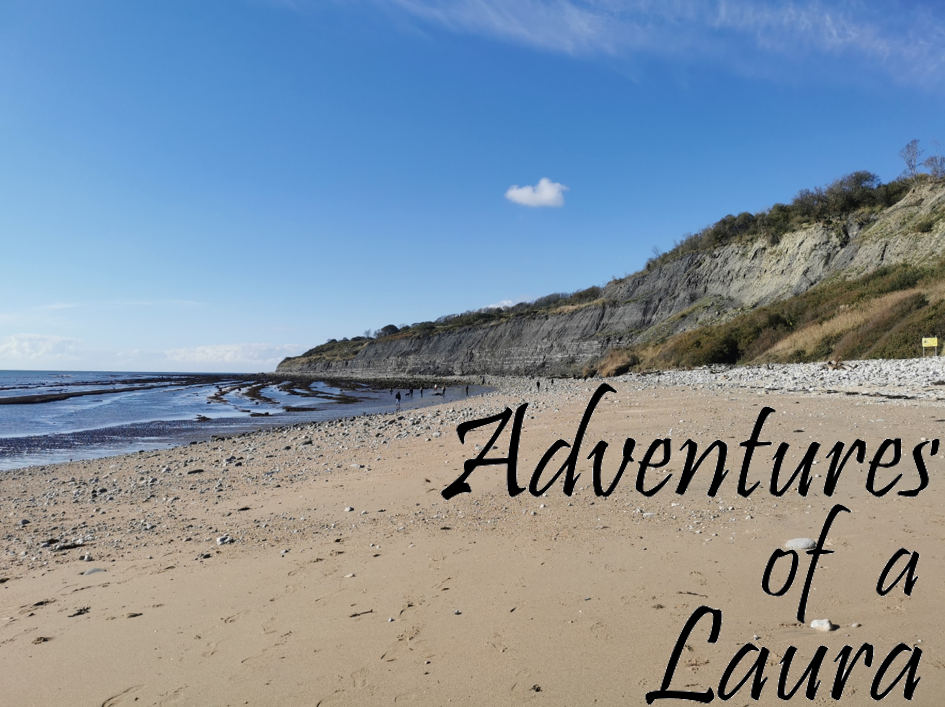Myself and two other fellow geology nerds, one from London
and one from Birmingham, embarked on a full day of geomooching around
Birmingham – because how else would one spend Easter Sunday? We had planned
this day to look at urban geology around central Birmingham, so that we could
produce some guides for people to explore the city for themselves and to learn
more about their surroundings. Parts one and two of the guide have already been
published.
 |
| Fossils in the steps at Brindley Place |
People are often surprised when you tell them you can go
fossil hunting in Birmingham city centre. Personally, it’s one of my favourite
past times! There are multiple locations where fossils can be found, either as
a specific geomooch or as part of your visit to the city centre. The guides
(links above) can be downloaded. This blog is just a very quick introduction to the project; I will post separate blogs about each site with more information
and photos. Birmingham is also great if metamorphic rocks are more your thing;
there’re loads of facing stones made from gneisses and schists, as well as igneous
granites of all types. Truly a geological wonderland.
For this research-walk-day out-geomooch day, we walked
across the length and breadth of Birmingham, from Victoria Square to Brindley
Place, back to St Martins and the Bullring, along Colmore Row and around the
back of Rackhams (ooh err).
 |
| Sardinian Grey Granite (Italian) with a band of Balmoral Red Granite (Finnish) seen at the Symphony Hall. |
I am always finding more sites of interest, and for those
with fossils I am slowly submitting to the Paleourbana map to populate
Birmingham with sites. This map is a great resource for finding urban
palaeontology.
 |
| Longitudinal cross section through a coral seen in a doorway on Colmore Row. Frosterly Marble from Durham. |
 |
| Fossil casts in Portland Stone, Needless Alley. This stone is still quarried on the Isle of Portland in Dorset. |
 |
| Rapakivi Granite (Finland) seen on Cherry St, opp McD's. |
 |
| Liesegang banding in sandstone on the floor at the Cathedral. |
 |
| A geological mystery on the streets of Birmingham! The wall at Nationwide bank, Bullring, |































